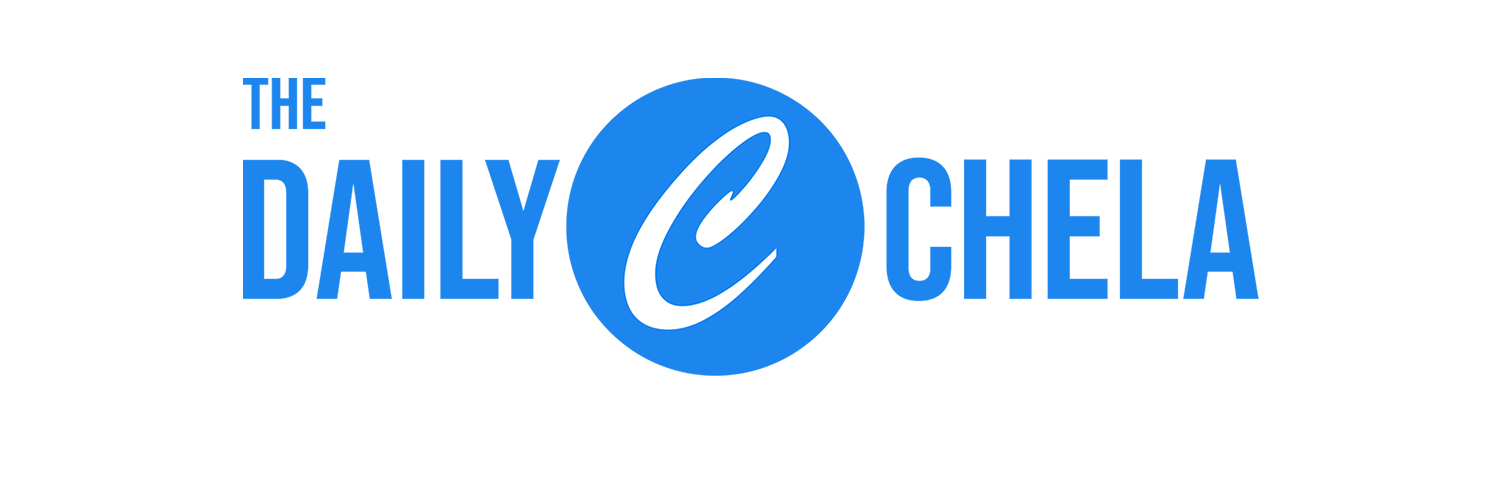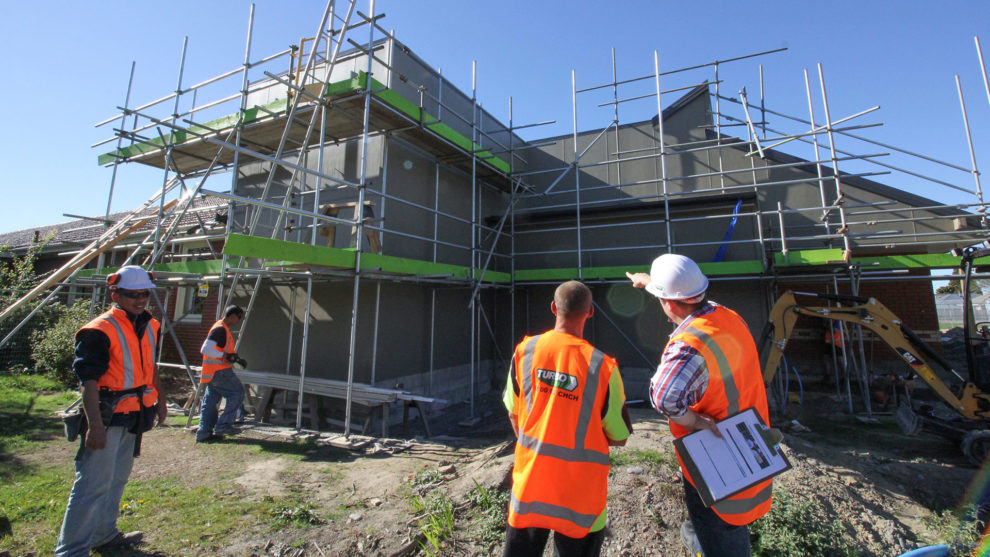While consumers rushed to stock up on toiletries, bottled water, and canned food as COVID-19 spread across the U.S., economic and policy analysts tried to figure out the possible effects on the economy.
The prediction was either a so-called V-shaped economic curve, one that could turn back the economy at a rapid pace once the spread of the virus slowed, or an L-shaped recovery, one with a rapid fall during the crisis and economic decline for many months, or even years.
Because the COVID-19 crisis is an unprecedented worldwide event, there are no answers for an economic policy that will take us back to where we were before the crisis struck. Prior to the outbreak, we had full employment, consumer confidence, and better opportunities for the Latino community, particularly in education and homeownership.
Some economic analysts are arguing for a recovery that calls for long-term sustainable measures for the environment. On the other hand, business analysts are calling for innovation and transformation in business.
But those could be far from realistic scenarios for the general population in the U.S. Prior to COVID-19, the average individual in many parts of the U.S., especially in large urban centers like Los Angeles, San Francisco, and New York, were already being stretched thin with stagnant wages and a housing affordability crisis.
The latest unemployment report for the month of April 2020 also shows that Latinos are experiencing an 18.9% unemployment rate, which is higher than the national average number of 14.7%. This is a significant increase in just a couple of months, and it is drastically higher than the unemployment rate for Latinos of 4.2% in April of 2019.
This is an uncertainty that we need to face. Many people of Latino-descent know how it is to live a life of uncertainty, but it is different this time as the safety net for many has changed. For example: It is going to be hard to seek a job in a different industry if all industries are going through stressful times, or if the training, especially for short-term vocational programs like in hairstyling or auto mechanics, won’t be readily available.
What the U.S. needs is a target policy that addresses short-term cash transfers, unemployment, debt relief, affordable housing, and job growth among vulnerable communities and populations. A blanket approach, like the recent Economic Impact Payment or commonly known as the “stimulus check” part of the Coronavirus Aid, Relief, and Economic Security Act (CARES), is not an effective way to help those in need, like the unemployed, as millions of dollars were given to individuals that are still fully employed.
While we wait for policy makers to think about the next phase of the crisis, there is only hope in working with our local community leaders and thinking of ways to bring an economic recovery based on local needs.
We also need to reach out to our local charitable organizations as either donors, aid recipients, or for planning.












